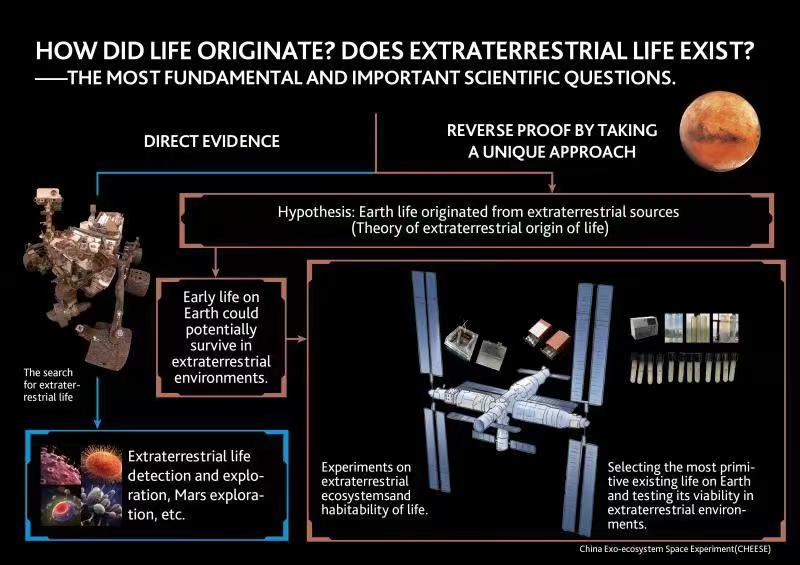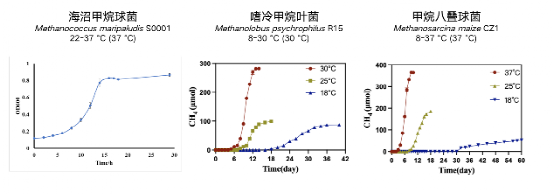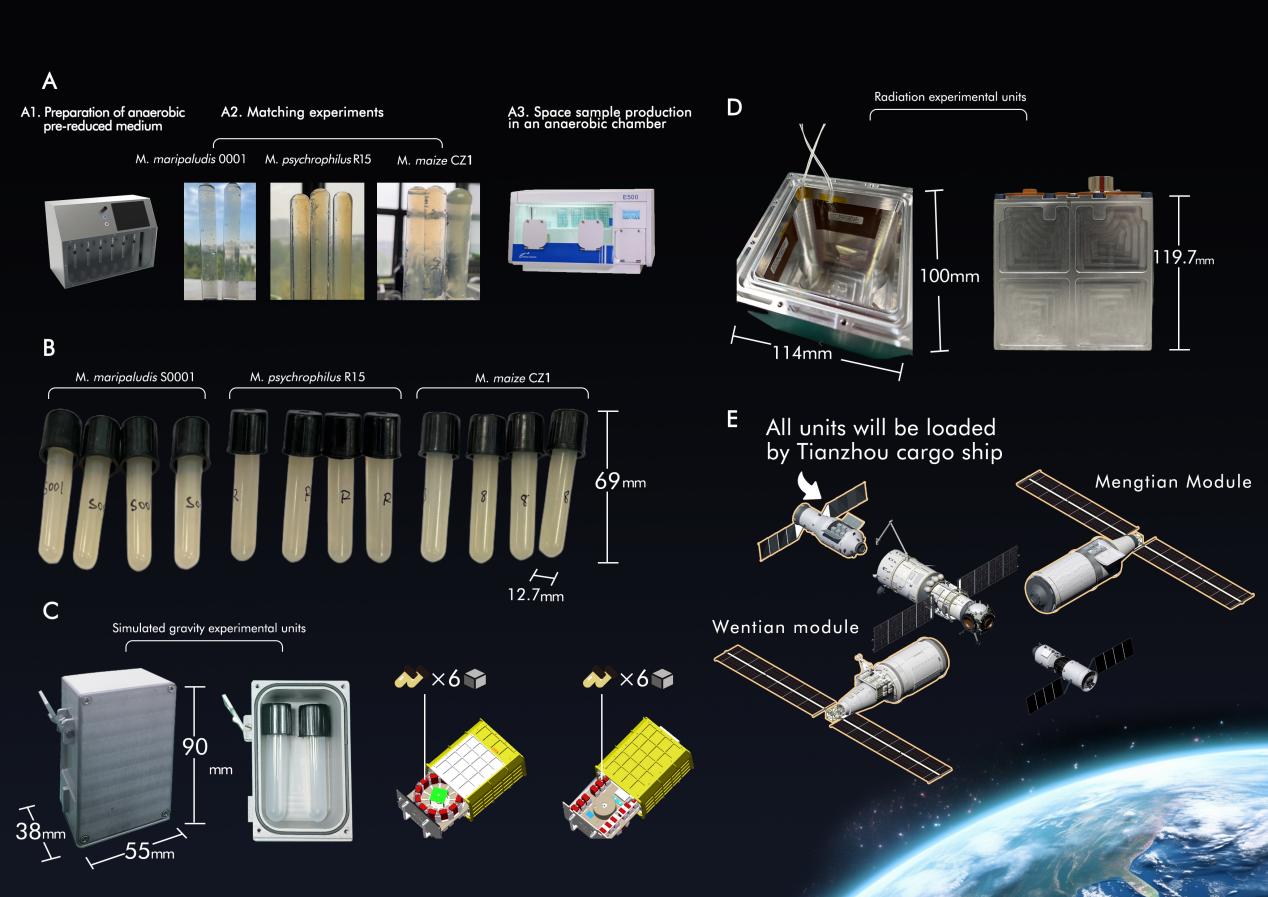The Chinese space station “Tiangong”, a modular space station system built by China since 2021, is the third large-scale in-orbit space experiment platform built by mankind since the Mir Space Station in 1986 and the International Space Station in 1998. Prof. Liu Zhu's Team of the Department of Earth System Science (DESS), Tsinghua University cooperated with Dong Xiuzhu, a researcher from the Institute of Microbiology, Chinese Academy of Sciences, and Zhang Tao, a researcher from the Shanghai Institute of Technical Physics, Chinese Academy of Sciences, to carry out the simulation experiment of extraterrestrial ecosystem based on the Chinese Space Station, making a series of progress in research.
Previous studies have found that extreme anaerobic archaea methanogenus is one of the most primitive forms of life extant, and as a main contributor to methane in the earth's atmosphere, it is widely distributed in the deep sea, rice fields, ruminants' stomachs and other anaerobic environments of the Earth. Since NASA's Curiosity probe landed on Mars in 2012, it has repeatedly detected unexplained methane signals, while methanogens are considered to be one of the most likely potential life forms on Mars or Enceladus. However, the time and economic costs of in-situ detection of extraterrestrial life signals on Mars and other planets are high. On the other hand, the detection accuracy of the existing isotope instruments is not adequate to support the identification of the biological source of methane signals in in-situ detection. To this end, the team proposed to verify the possibility of life in Mars, Enceladus and other environments by simulating the extraterrestrial environment of extreme microorganisms on the earth (Fig. 1).

Fig. 1. Design idea of simulation experiment of extraterrestrial ecosystem in space station
The space station can provide space microgravity and radiation conditions unmatched by the ground, and can highly restore and simulate the special extraterrestrial environment. To this end, the team has co-designed an extraterrestrial ecosystem simulation and livability experiment on the Chinese Space Station to test the survival and proliferation of methanogenic bacteria in different environments by simulating the outer space environment such as Mars on the space station. The experiments are carried out simultaneously in the ground laboratory and the Chinese Space Station, forming a mutual contrast experiment among the Earth, simulated Mars gravity (space microgravity) and cosmic radiation. The simulation of Mars gravity and space microgravity environment will be conducted with the help of small centrifuges in the Chinese space capsule, and the cosmic radiation conditions will be developed through the extravehicular exposure platform of the space station.
The research team has independently developed culture tubes suitable for space station experiments, and designed and developed experimental units to conduct space experiments of anaerobic archaea in the Mengtian capsule and the Wentian capsule of the Chinese Space Station. In addition, the anaerobic archaea strains suitable for the space experiment environment have been screened, and the matching experiments of temperature, pressure and material on the ground have been carried out, as well as the mechanical verification of the space experiment. Meanwhile, the strains participating in the mechanical experiment have been successfully activated. Among them, according to the environmental temperature inside and outside the space station and the temperature during transportation, combined with the genetic characteristics and gas-producing ability of methanogens, three anaerobic methanogens suitable for space experiments have been screened out, namely Methanococcus maripaludis S0001 with a genetic operating system, Methanolobus psychrophilus R15 isolated from the extremely cold Norguet wetland on the Tibetan Plateau and Methanosarcina maize CZ1 isolated from the anaerobic organic waste treatment system.

Fig. 2. Three anaerobic methanogens selected for the space experiment
The results of the research have been published in Nature Astronomy as an article of Mission Control. Doctoral graduate Cui Duo of the DESS, Tsinghua University is the first author of the paper, and Prof. Liu Zhu is the corresponding author. This study was funded by the Scientific Experiment Project of Space Application System for Space Station Engineering.

Fig. 3. Plan of the simulation experiment of extraterrestrial ecosystem carried out in “Tiangong” space station.
Full-text link of the article: https://www.nature.com/articles/s41550-023-02033-6